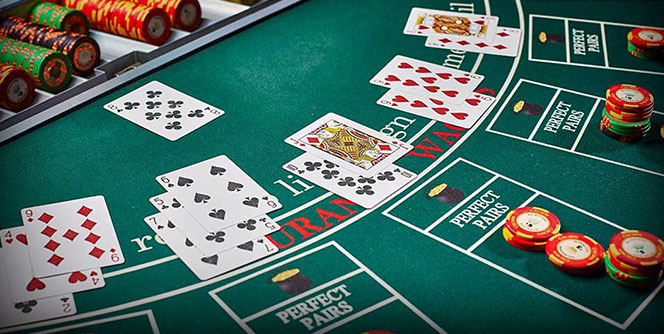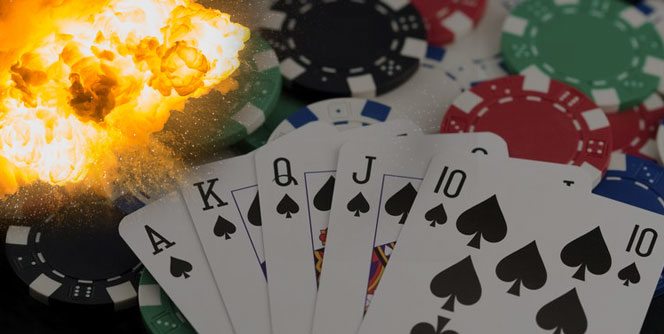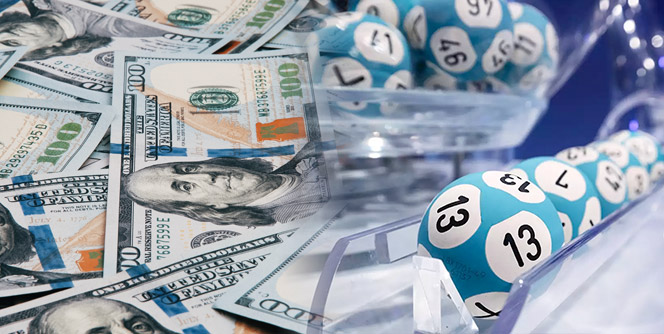Few gambling terms are as evocative as Dead Man’s Hand. Used in poker when a player holds two pairs of black aces and black eights, charting the history of this saying is not easy. Granted, the meaning of the dead man’s hand transformed over 100 years, but it remains one of the best known of all gambling slang.
While the precise meaning of the dead man’s hand has changed, its origins are clear. According to legend, the infamous lawman James Butler “Wild Bill” Hickok was shot dead while he held the dead man’s hand. Bill was a notorious gambler and holding that hand at the time of his death is seen as a bad omen. These days, superstitious poker players view the dead man’s hand as bad luck.
Interestingly, there has been a lot of debate over the decades about exactly which cards Wild Bill held in his hand on that fateful day.
Hickok was shot dead on August 2, 1876, and it seems that the dead man’s hand quickly became widely known. It was first mentioned on record in 1886, but it was not described as two black aces and two black eights. Indeed, that early reference described the dead man’s hand as a full house of three jacks and a pair of tens.
In the proceeding decades, the dead man’s hand was reported to be jacks and eights and jacks and tens. So, how did we get from a full house including jacks to a two pair hand of black aces and black eights?
Well, the first mention of the modern understanding of the dead man’s hand arrived in the 1920s, when it became a standard poker slang term after it appeared in a biography onWild Bill’s life: titled Wild Bill Hickok: The Prince of Pistoleers.
Why It’s Bad Luck
The story of Wild Bill’s death was cemented into gambling folklore. Local drunk Jack “Crooked Nose” McCall lost all his money during a poker game that involved Hickok. Wild Bill loaned money to McCall and advised him not to play again until he could cover his losses.
Clearly not pleased with these pearls of wisdom, McCall returned to the Deadwood, South Dakota, saloon the next day and shot Wild Bill in the back of the head.
Fate was not on Hickok’s side. As a notorious lawman, Wild Bill usually sat with his back to a wall so no one can sneak on him. However, on this evening another player refused to change seats. The one-time Hickok’s back was turned, he was shot dead.
Wild Bill died instantly while McCall was hung seven months later. As many believed Hickok’s hand was two black aces and two black eights, the legend stuck. Furthermore, the dead man’s hand became legendary and a sign of bad luck.
Is the Dead Man’s Hand good in Poker?
You might ask yourself when reading if the dead man’s hand is even a valuable hand to hold a poker game. A two-pair hand is certainly not awful in a poker round, but it is also not as strong as a full house, straight or royal flush. This means a two pair lies “dead” in the middle of valuable poker hands.
Whenever a dead man’s hand is dealt with, it’s always interesting and a talking point. However, it offers nothing extra in terms of winning or losing than another two pairs hand.
Instead of being important in poker beyond a silly superstition, the dead man’s hand has had more influence in popular culture. Whether it is in art, written works, TV shows, or movies, the dead man’s hand is a mainstream poker term that most people have heard of. Hopefully, this article has helped you understand where the famous terms came from.






Leave a Reply